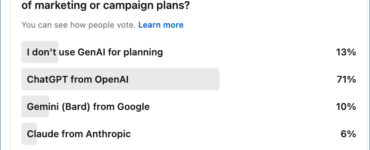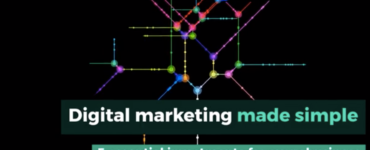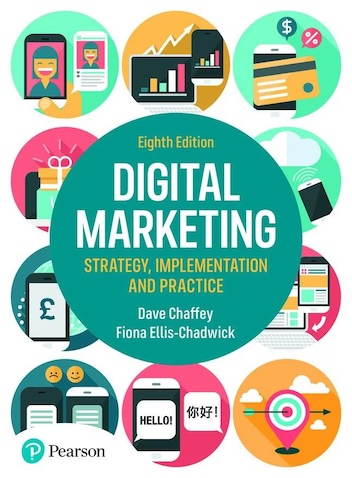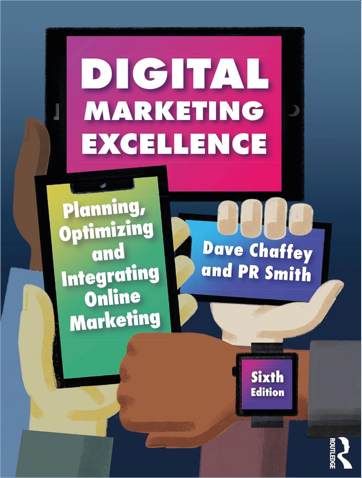It’s exciting to see the many opportunities for applying predictive analytics from applying machine learning to historical customer interaction data. Previously predictive analytics has mainly been limited to Business Intelligence teams in larger organizations applying stats to this data. Today, opportunities to improve relevance of communications and so boost response are available to all businesses, supported by new Artificial Intelligence tools for marketing which can be deployed across the customer lifecycle as this visual shows. Personalization tools for recommending the next-best product, once reserved for larger online retail brands, are now available for E-commerce businesses of any size.
For me, some of the standout practical predictive analytics tools can be used for CRM through email marketing. For example, Persado and Phrasee enable email marketers to review historic responses to subject lines and creative and deliver creative that best fits the emotional triggers of an audience.
Many of the current applications of predictive analytics are mainly limited to retail and e-commerce. In future, I think the tools will be opened up to businesses in more sectors. For example, within B2B marketing there are many opportunities to recommend next-best-content to nurture different personas based on historical analysis of content that has best-supported lead nurture for different types of audiences. New tools will support what Gartner call conversation marketing through automated B2B chatbots that recommend the best content depending on disclosed profile data and inferred interaction data.
In Digital Marketing: Strategy, Implementation and Practice we define predictive analytics as:
Using analysis, data mining and statistical modelling of historical data about customer interactions and their profile to predict future outcomes, for example by scoring customer propensity to respond to a specific offer. This can be used to inform future personalised communications by tailoring the timing, message or offer.






